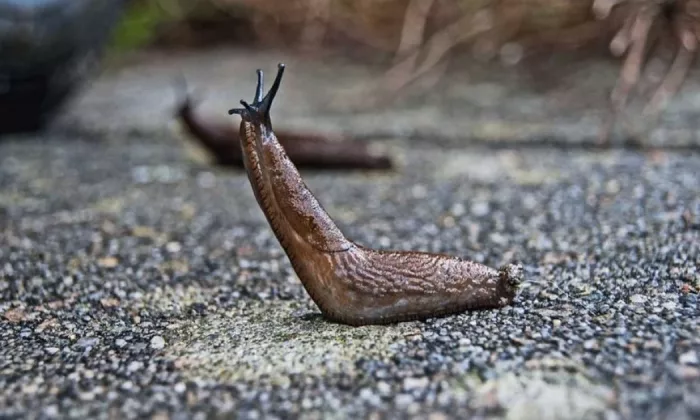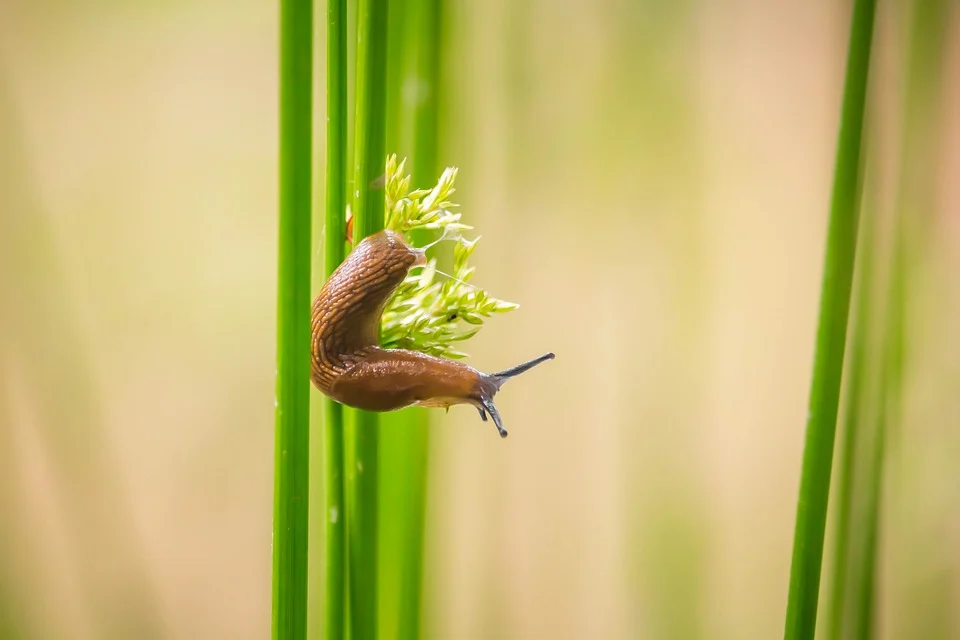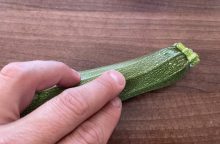How to get rid of slugs and snails – friendly and not so friendly methods

Slugs and snails and other slimy creatures are certainly not welcomed in our gardens. Fortunately, you can easily tell if you got them. If you see bitten leaves and mainly slimy paths on plants and around, then you know. When slugs attack your crops they can cause a significant damage. We are sure you know many ways how to get rid of them but unfortunately, not all of them are effective. In this article, we shall introduce few common methods that work. So, keep reading.
Getting rid of slugs
Given the fact that slugs are most active during night, you should water rather early in the morning or so, to make sure that the soil is dry by evening. Slugs love moisture and slimy stuff so do not provide it. If you water first thing in the morning, your plants won’t suffer from a temperature shock as if you water during a hot afternoon. In addition, less water will evaporate through leaves if you do it in the morning.
Photo: Pixabay
Too much of a good thing?
Snails love beer! Give them as much as they want and they will literally drink themselves to death. Other folk advice uses salt or ash. These two substances should dry out their bodies and harm them significantly. Another approach is to place obstacles and barriers along the paths they take to enjoy your lettuce and other veggies. Sprinkle coarsely ground eggshells, wood ash or stone flour along their ways… but these “barriers” only work in dry weather.
Building materials
When getting rid of slugs, you can also use old building material. For example, sand. It may appear quite harmless to us, but sand particles can stick to their bodies and punch snails skin like needles.Very unpleasant for snails, so they try to avoid it. Thick curbs are also used but make sure they are high enough so slugs cannot climb over.
Make them hate your garden!
There are plants that slugs love, but also those they hate.For example, Columbine, garden cress, lavender, lady’s mantle, Bergenia, stonecrop and others. You can plant them around the plants you want to protect from slugs.
Preview photo: Pixabay

Gardening is my hobby, I have a lot of experience and I am happy to share it.









0 comments